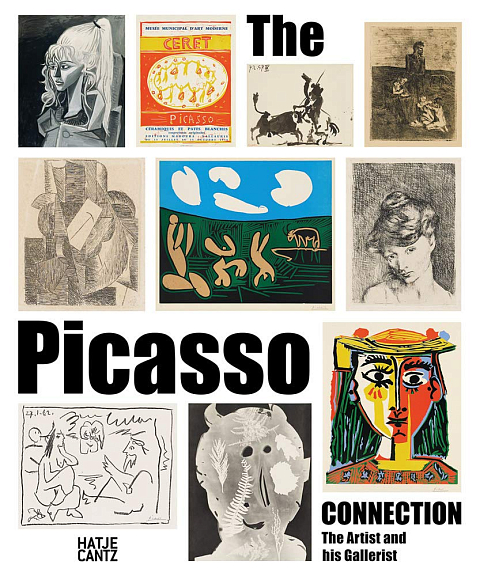-
Книги
- Нонфикшн
- Гуманитарные науки
- Деловая литература
- Естественные / Точные науки
- Книгоиздание
- Лайфстайл
- Словари / Энциклопедии
- Художественная литература
- Детектив
- Драматургия
- Классическая проза
- Мифология. Эпос
- Поэзия
- Собрания сочинений
- Современная художественная проза
- Фантастика. Фэнтези
- Биографии / Мемуары
- Графические романы / Комиксы
- Детские книги
- Воспитание. Педагогика
- Детский досуг
- О детских книгах
- Познавательная литература
- Художественная литература для детей
- Журналы / Зины
- Архитектурные
- Гуманитарные
- Журналы о моде
- Зарубежная периодика
- Искусство / Фотография
- Кино / Театр
- Лайфстайл
- Книги «Подписных изданий»
- Книги на иностранных языках
- Английский язык
- Испанский язык
- Итальянский язык
- Книги на иностранных языках для детей
- Немецкий язык
- Финский язык
- Французский язык
- Шведский язык
- Книги о кино
- Книги о музыке
- Книги о средневековье
- Книги о театре
- Книги о фотографии
- Книги об искусстве / Книги об архитектуре
- Альбомы по искусству
- Архитектура
- Декоративно-прикладное искусство
- Живопись
- Искусствоведение
- Орнаменты
- Прочее
- Танец
- Татуировка
- Творческое развитие
- Книги по философии
- Кулинарные книги
- Николай Солодников рекомендует
- Предзаказ
- Про дизайн / Про моду
- Путеводители / Книги о путешествиях
- Канцелярские товары
- Подарки
- Подарочные сертификаты
Адрес магазина: Санкт-Петербург, Литейный пр., 57
The Picasso Connection
| Автор | |
|---|---|
| Издательство | HATJE CANTZ |
| Год издания | 2021 |
| Переплет | Твёрдый |
| Страниц | 224 |
| Формат | 223x269 мм |
| Язык | Английский |
| ISBN | 978-3-77574805-6 |
| Артикул | 1134294 |
Without a doubt, Picasso is one of the most important and versatile artistic personalities of the twentieth century. But how does a body of work become so successful, and how does it wind up in major collections, museums, and exhibitions? Not infrequently, it is the courage of individuals who recognize genius in the works and advocate for them in the face of conservatism and criticism. In Picasso’s case, this role in Germany fell to the Bremen art dealer Michael Hertz. His commitment in the post-war period is not only due to Picasso's exhibition at the documenta 3 in 1964, but also to the Kunsthalle Bremen, which has one of the most extensive collections of the artist’s prints. This volume brings together the outstanding printworks, including lithographs, linocuts, and artist’s books. Picasso’s oeuvre of prints can be regarded as a fascinating collection, in which can be read the triumph of the affordable medium in post-war Germany, as well as the dealer's strong commitment.
Подписка на рассылку
Раз в месяц будем присылать вам обзоры книг, промокоды и всякие-разные новости


